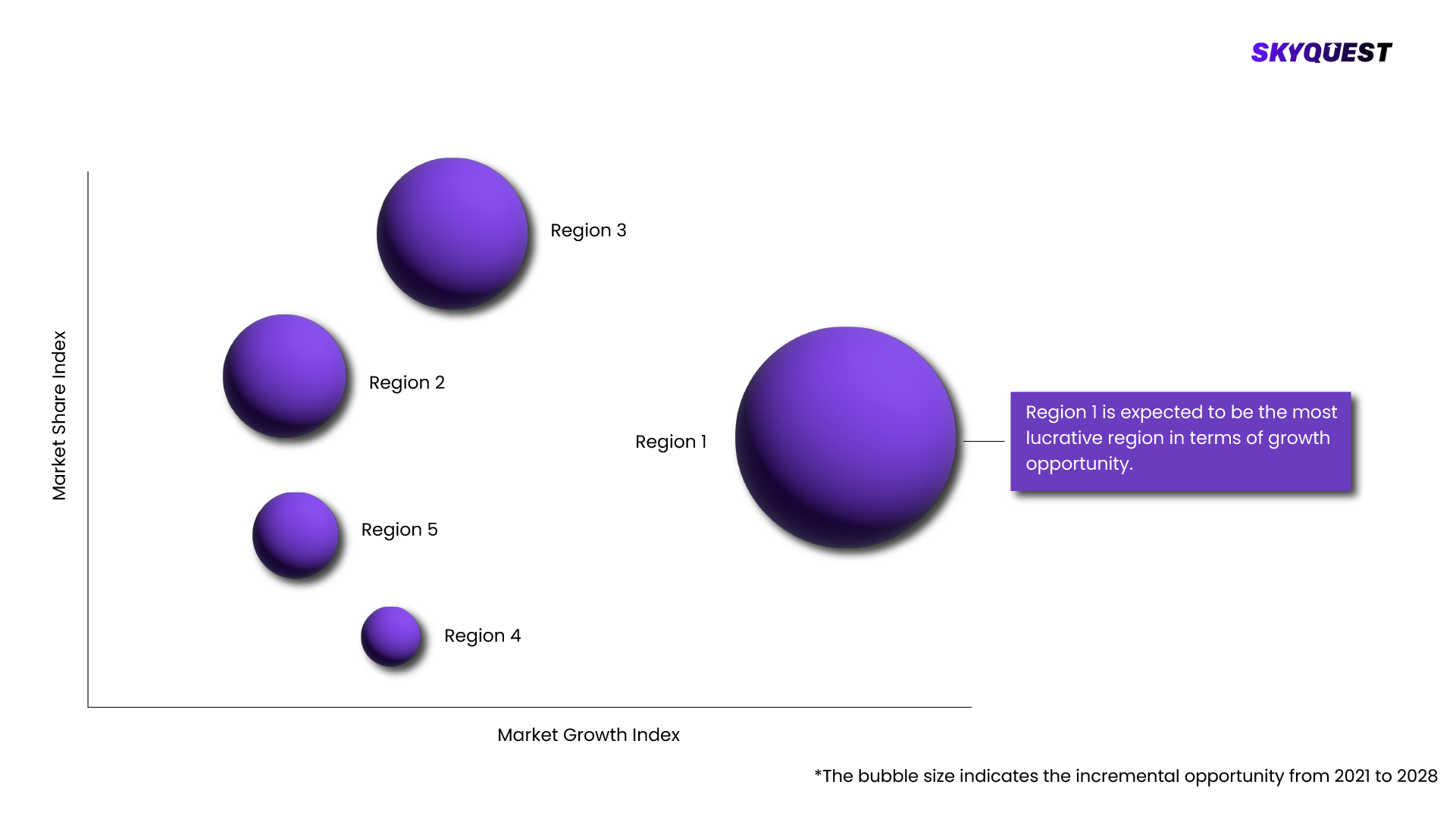
Product ID: UCMIG20I2038

Report ID:
UCMIG20I2038 |
Region:
Global |
Published Date: Upcoming |
Pages:
165
| Tables: 55 | Figures: 60
Air Quality Control Systems Market is being analyzed by North America, Europe, Asia-Pacific (APAC), Latin America (LATAM), Middle East & Africa (MEA) regions. Key countries including the U.S., Canada, Germany, France, UK, Italy, Spain, China, India, Japan, Brazil, GCC Countries, and South Africa among others were analyzed considering various micro and macro trends.

Our industry expert will work with you to provide you with customized data in a short amount of time.
REQUEST FREE CUSTOMIZATIONThe global market for Air Quality Control Systems was estimated to be valued at US$ XX Mn in 2021.
The global Air Quality Control Systems Market is estimated to grow at a CAGR of XX% by 2028.
The global Air Quality Control Systems Market is segmented on the basis of PRODUCT TYPE, POLLUTANT TYPE, END-USER INDUSTRY, APPLICATION, GEOGRAPHY.
Based on region, the global Air Quality Control Systems Market is segmented into North America, Europe, Asia Pacific, Middle East & Africa and Latin America.
The key players operating in the global Air Quality Control Systems Market are Babcock & Wilcox Enterprises, Inc., Daikin Industries Ltd., Donaldson Company, Inc., ELEX AG, GE Power, GEA Group Aktiengesellschaft, HAMON Group, MANN+HUMMEL Intern. GmbH & Co. KG, Mitsubishi Hitachi Power Systems, Ltd (MHPS), Thermax Ltd..
Want to customize this report? This report can be personalized according to your needs. Our analysts and industry experts will work directly with you to understand your requirements and provide you with customized data in a short amount of time. We offer $1000 worth of FREE customization at the time of purchase.

Product ID: UCMIG20I2038